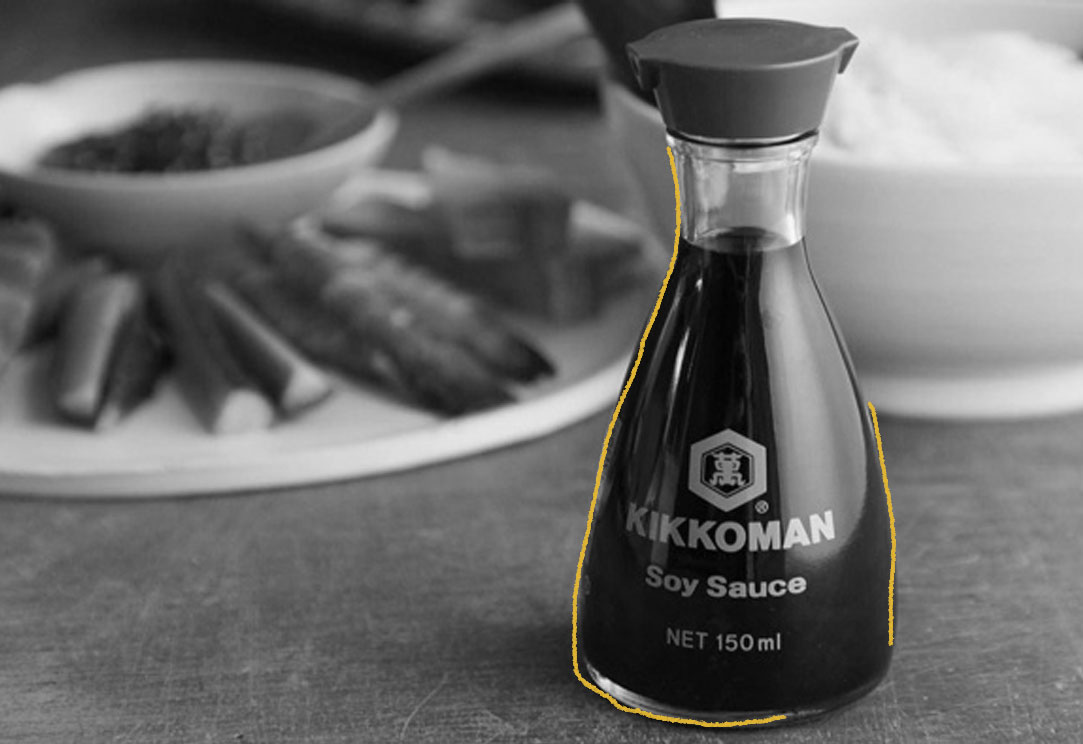Two-spout soy sauce bottles are a common sight at many Asian restaurants. These Kikkoman brand bottles have mystified many diners, but they actually have a very practical purpose. The two-spout bottles were the brainchild of designer Kenji Ekuan, who developed them around 1961. His philosophy was that “design is a source of life enhancement” and in keeping with this, he set out to create a soy sauce bottle for Kikkoman that didn’t drip and delivered perfectly portioned amounts of the condiment. Reportedly, it took Ekuan and his team three years and 100 prototypes to realize the designer’s vision. While many people simply tip the bottle to pour it (often letting far too much soy sauce flow out), Ekuan’s design is actually intended to be used in a very specific way. By placing a finger over the spout closest to you, you can halt or slow the flow of soy sauce. Ekuan intended this feature to allow consumers to easily control the amount of soy sauce being poured out, thus eliminating spills, over-seasoning, and waste. Ekuan’s innovative design hasn’t changed much since it debuted in the 1960s. It has even earned a place in museum collections both in Germany and in New York’s Museum of Modern Art (MoMA). Recently, the technique has garnered criticism, however, for its potential to spread germs through touch. Still, it’s unlikely that these stalwart bottles will be disappearing any time soon, although using them as Ekuan intended — at least in restaurants and other shared dining situations — is often discouraged, especially in light of covid-19.

Your go-to guide for weird history facts
Subscribe to the FREE daily email that makes learning about history fun.


